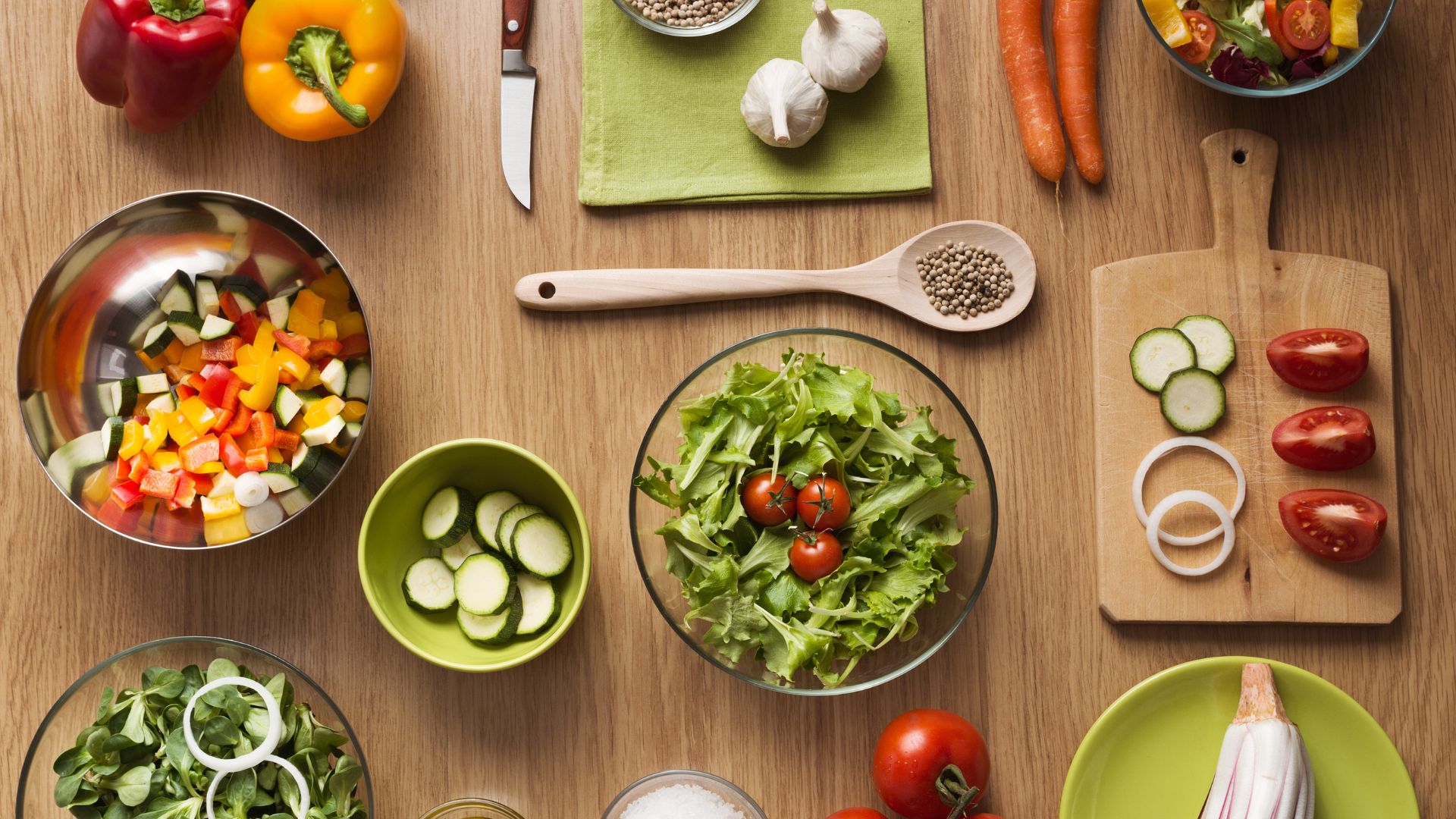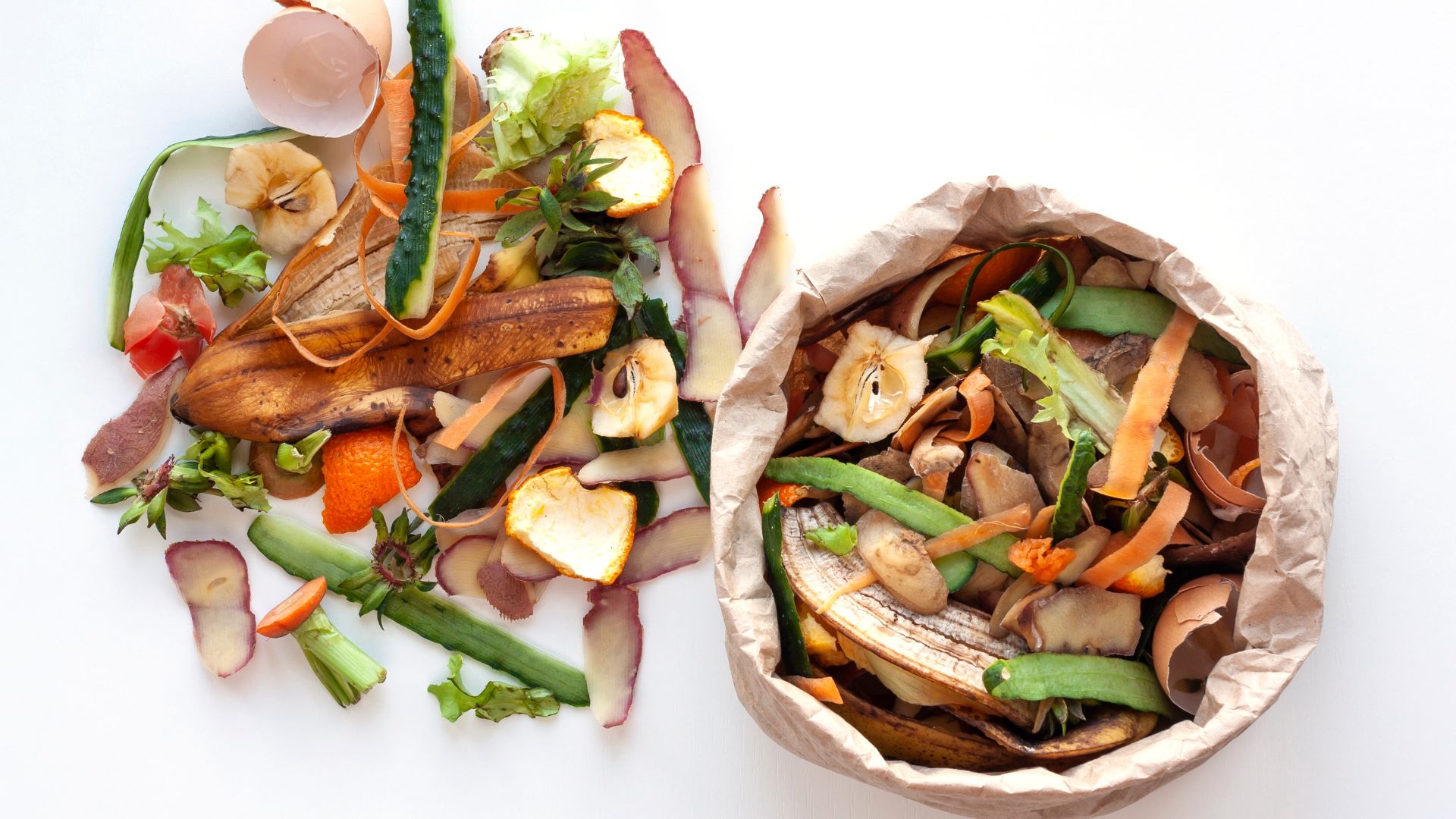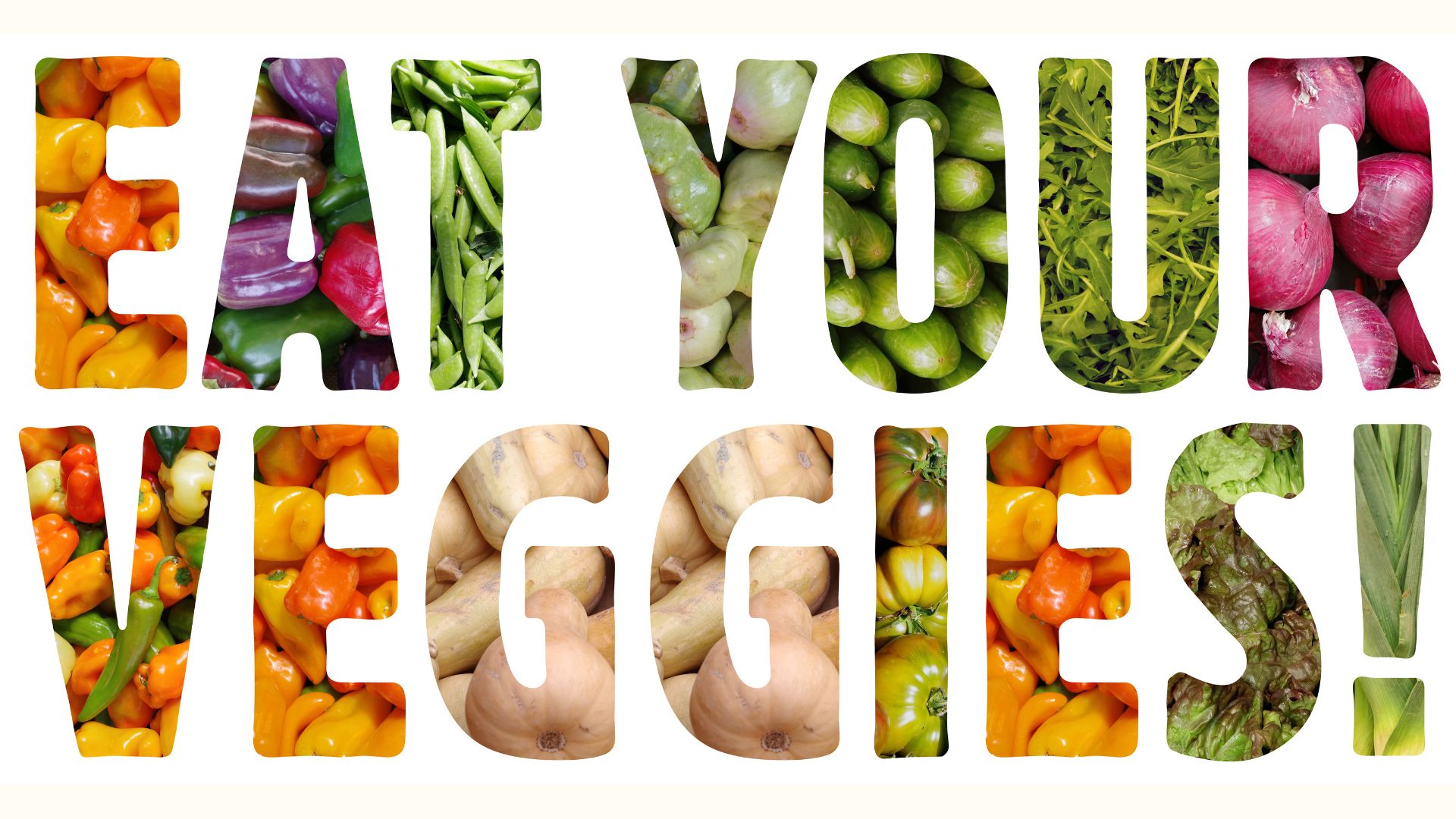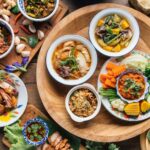Zero-Waste Menu: Rainbow Veggie Soup
- 5 June 2025
Zero-Waste Menu: Rainbow Veggie Soup
This vibrant vegetable soup is an excellent way to utilize vegetable scraps that might otherwise be discarded. The result is a flavorful and nutritious soup, whose beautiful colors are also perfect for celebrating the diversity of Pride Month!
Ingredients
- Red/Pink
- Beetroot peel (from 1 head)
- Tomato peels (as desired)
- Orange/Yellow
- Carrot peels (from 1-2 carrots)
- Pumpkin peels (as desired)
- Green
- Greens scraps (e.g., celery, cilantro, or others)
- Broccoli stalks (thinly sliced or crushed)
- White/Purple
- Purple cabbage leaves (as desired)
- Eggplant peels or Purple veggies scraps
- Water as needed
- A pinch of salt
- A pinch of black pepper
- 1 tablespoon olive oil
- 1 teaspoon minced garlic
Instructions
- Clean the peel, thoroughly wash all vegetable peels, ensuring no dirt or impurities remain.
- Sauté Aromatics by heating olive oil in a pot over medium heat. Add minced garlic and sauté until fragrant. Add the vegetable peels and sauté for about 3-5 minutes until they release their aroma.
- Pour enough clean water to cover the vegetable peels. Add a pinch of salt and pepper.
- Once the water boils, reduce the heat to low, cover the pot, and simmer for at least 30-45 minutes. The longer you simmer, the richer the flavor will be.
- If you prefer a clear soup, use a colander to strain out the solid scraps, leaving only the broth. For an even clearer soup, you can strain it through a cheesecloth.
- If you desire a thick, smooth soup with no waste, blend the entire mixture until thoroughly pureed.
- Layered Colors : To achieve a layered, colorful soup, cook and blend each color group separately. Then, carefully pour and layer each color into serving bowls.
- Add Protein (Optional): You can add your preferred meat (e.g., chicken, beef) if serving as a main dish.
- Adjust seasoning as desired.
Tips
- Storing Scraps by collect clean vegetable peels in a zip-top bag in the freezer. Once you have a sufficient amount, use it to make soup.
- Enhance Flavor by adding other aromatics like bay leaves, parsley stems, or whole peppercorns to simmer with the vegetable peels for a more complex flavor profile.
- Versatile Broth can be used as a stock for making rice porridge, curries, or stir-fries.
- If you want a more pronounced color in your soup, you can add small pieces of brightly colored vegetables (e.g., finely chopped beetroot, carrots, or broccoli) to simmer along with the peels.
Benefits of Using Vegetable Scraps
- Cost Savings by reduces the need to purchase new ingredients like ready-made vegetable stock or chemical fertilizers, by making use of what you already have.
- Increased Nutritional Value & Flavor because many peels and stems are rich in nutrients and fiber. Using them in dishes like stock or soup allows us to fully benefit from these nutrients while adding natural flavor and aroma to our food.
- Reduced Food Waste: This is the primary and most crucial benefit. Repurposing vegetable scraps that would normally be discarded significantly reduces the amount of organic waste sent to landfills.
How Vegetable Scraps Contribute to Sustainability?
Reduce Greenhouse Gas Emissions
- When vegetable scraps decompose anaerobically (without oxygen) in landfills, they produce Methane (CH4). Methane is a potent greenhouse gas, many times more effective at trapping heat than carbon dioxide. Reducing the amount of food waste sent to landfills significantly curtails methane emissions into the atmosphere.
- Reducing food waste also means reducing the energy and resources used in the production, transportation, and disposal of that food.
Promote Circular Economy
- Instead of a “single use” system, reusing or reprocessing vegetable scraps, such as through composting or making vegetable stock, brings resources back into the usage cycle. This helps to close the loop on resource consumption, making processes more efficient.
Soil Enrichment & Reduce Chemical Fertilizers
- Vegetable scraps can be turned into compost, which is an excellent organic fertilizer. Compost enriches the soil with organic matter, improving its fertility, water retention capacity, and promoting healthy plant growth.
- When soil is naturally healthy and fertile, the need for chemical fertilizers and pesticides decreases, reducing water and soil pollution caused by these substances.
Resource Conservation
- Overall food waste reduction lessens the demand for excessive food production. This, in turn, saves natural resources used in production, such as water, energy, land, and labor.
Raise Awareness and Foster Sustainable Behavior
- When we start to focus on and utilize vegetable scraps, it cultivates daily habits and behaviors that are more environmentally conscious, positively impacting society as a whole.
Nutritional Highlights of Common Vegetable Scraps
Potato
Rich in fiber, iron, Vitamin C, potassium, and folate, often in much higher concentrations than the potato flesh. Some sources indicate that baked potato peels can have up to 175% more Vitamin C and 115% more potassium than peeled potatoes. Antioxidants in colored potato peels (e.g., red, purple varieties) can be up to 12 times higher than in the flesh.
Carrot
Slightly higher in Vitamin C and Niacin than the inner root. They also contain valuable phytonutrients and antioxidants, particularly phenolic acids and carotenoids like beta-carotene, which can be more concentrated in the peel than in the deeper root flesh.
Tomatoe
A significant source of Lycopene, a powerful antioxidant. Tomato peels are also rich in dietary fiber, pectin, protein, and Vitamin C.
Cucumber
A good source of both soluble and insoluble fiber, aiding digestion. They contain Vitamin K and potent antioxidants such as phenols and beta-carotene (a precursor to Vitamin A), as well as Vitamin C and minerals like magnesium.
Onion
Especially the dry, brown outer layers are a concentrated source of flavonoids, particularly Quercetin. This powerful antioxidant has anti-inflammatory properties and may help reduce the risk of cancer and heart disease. They also provide dietary fiber.
Broccoli
Often discarded, broccoli stems are exceptionally high in fiber, Vitamin C, Vitamin A, and cancer-fighting sulfur compounds like sulforaphane, often found in similar or higher amounts than the florets. Many antioxidants and phytochemicals are more concentrated in the stems.
Zucchini
The green skin of zucchini is a good source of dietary fiber, along with Vitamin C, Vitamin A (as beta-carotene), potassium, and a range of phenolic and flavonoid antioxidants. These compounds are typically more concentrated in the peel than in the inner flesh.
Bell Pepper
The skin of colorful bell peppers (red, yellow, orange) is an excellent source of Vitamin C (some varieties have more Vitamin C than oranges!), Vitamin A, and carotenoid and flavonoid antioxidants. These compounds are more concentrated in the skin and the tissue close to it.
Eggplant
The deep purple skin of eggplant is a significant source of the antioxidant Nasunin, a type of anthocyanin found in purple fruits and vegetables. Nasunin offers neuroprotective properties and helps reduce free radical damage. Eggplant peels are also high in fiber.
Pumpkin
The peels of some pumpkin varieties, especially those with softer skins (like Japanese pumpkin), are edible and rich in fiber, beta-carotene (a Vitamin A precursor), and other antioxidants. However, some pumpkin peels are tough and difficult to digest, making peeling a common practice before cooking.
Important Precautions When Using Vegetable Scraps
Pesticide Residues
- Wash thoroughly using multiple steps. This might include soaking in water with baking soda/vinegar/potassium permanganate, followed by rinsing under running water and gentle scrubbing with a brush.
- If you’re particularly concerned, opting for certified organic produce significantly reduces pesticide exposure.
- If unsure about the safety of conventionally grown produce, peeling certain vegetables might be a safer option, even if it means losing some nutrients.
Natural Toxins in Certain Vegetables
- Leaves and stems of tomatoes, potatoes, and eggplants contain Solanine, a toxic glycoalkaloid. This substance is particularly concentrated in green parts of potatoes or sprouted potatoes and should absolutely not be consumed. Solanine poisoning symptoms include nausea, vomiting, abdominal pain, and dizziness, and can be severe in large amounts.
- The peels of some cucumber varieties, especially those with intense bitterness, may contain high levels of Cucurbitacins, which cause bitterness and can lead to gastrointestinal symptoms like diarrhea and nausea.
- Raw cassava peels or roots contain Cyanide, which is highly toxic if consumed raw. Always cook these thoroughly.
- Be aware of other plant parts not typically used in food, such as rhubarb leaves (stems are edible, leaves are toxic).
Digestibility Issues
- Some vegetable peels can be tough or have very coarse fiber, which might be difficult for some individuals to digest, potentially causing bloating or gas.
- Cook them longer, or chop them into very small pieces before use.
Dirt and Germs
- Vegetable scraps that have direct contact with soil might harbor germs or bacteria if not cleaned properly.
- Always wash them meticulously and long enough to ensure they are safe and clean.
-
Short CoursesShort Courses
-
Certificated CoursesCertificated Courses
-
Space and Kitchen RentalSpace and Kitchen Rental







